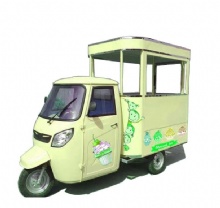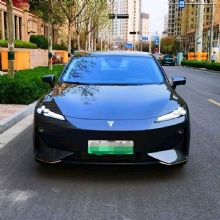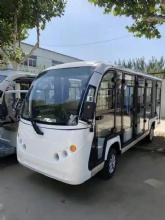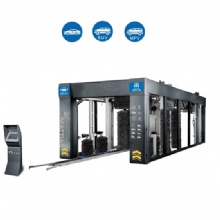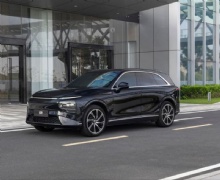Author:DavisDate:2024-5-15
The New York Times published an article titled: Giant Batteries Are Transforming the Way the U.S. Uses Electricity.
California gets more electricity from solar energy than any other state in the United States. But there's a timing problem: Solar power is plentiful during the day but disappears at night, as people come home from get off work, when demand for electricity surges. To fill the gap, power companies typically burn more fossil fuels, such as natural gas.

Since 2020, California has installed more giant batteries than anywhere in the world except China. They can absorb excess solar energy during the day and store it for use when it gets dark. The batteries play a key role in California's power grid, partially replacing fossil fuels at night. For example, between 7 p.m. and 10 p.m. on April 30, the battery provided more than one-fifth of California's electricity and pumped out 7,046 megawatts of electricity in a matter of minutes, equivalent to the output of seven large nuclear reactors.
Across the country, power companies are increasingly using giant batteries the size of shipping containers to address the biggest weakness of renewable energy: the intermittency of wind and solar power. Helen Kou, director of U.S. power analysis at research firm BloombergNEF, said: "What's happening in California gives us a glimpse of what may happen to other grids in the future. Batteries are rapidly moving away from these niche applications to move large amounts of renewable energy to peak demand periods. "
Over the past three years, battery storage capacity on the U.S. grid has grown tenfold to 16,000 megawatts. This year, that number is expected to double again, with Texas, California and Arizona seeing the largest increases. Most grid batteries use lithium-ion technology, similar to the batteries in smartphones or electric cars. As the electric vehicle industry has expanded over the past decade, battery costs have fallen by 80%, making them competitive for large-scale energy storage. Federal subsidies have also spurred growth in energy storage installations. As battery installations surge, power companies are managing them in smart ways to handle large fluctuations in solar and wind farm output, reduce congestion on transmission lines and prevent blackouts during summer heat waves.
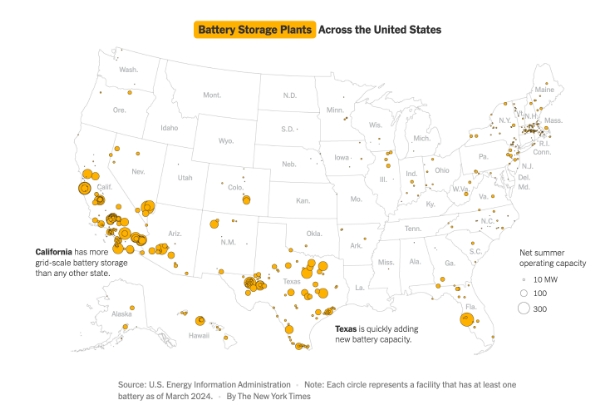
California has set ambitious goals to combat climate change, and policymakers hope grid batteries will help the state get 100% of its electricity from carbon-free sources by 2045. Although the state remains heavily reliant on natural gas, energy storage batteries have begun to eat into the fossil fuel market. Regulators plan to nearly triple battery capacity by 2035. “The future of energy storage is bright,” said Andrés Gluski, CEO of AES, one of the world’s largest power companies. "If you want to get more renewable energy into the grid, you need more batteries. Otherwise it won't work."
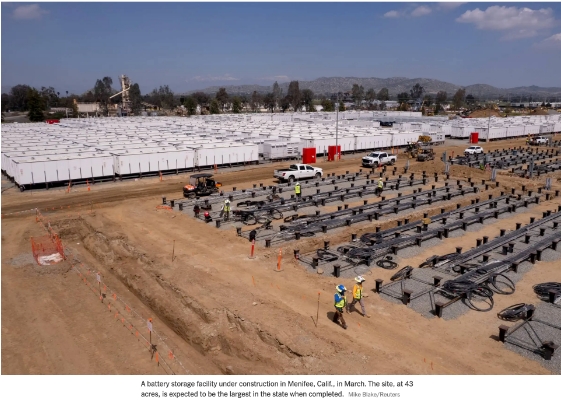
California now has 10,000 megawatts of battery capacity, enough to power 10 million homes for several hours. John Phipps, executive director of grid operations for the California Independent System Operator, which oversees California's power grid, said the batteries can be very effective at managing evening ramps of declining solar power and increased customer demand. The batteries can also help California's grid cope with the stress caused by heat waves and wildfires. threaten.
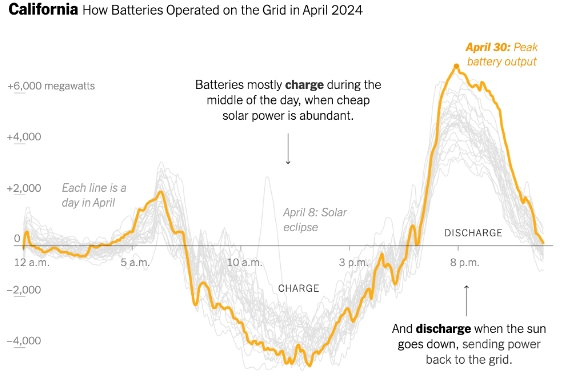
In Texas, batteries are still primarily used to provide ancillary services to stabilize the grid from unexpected disturbances. Texas is more dependent on wind energy than California, and wind energy fluctuates in less predictable patterns. But Texas is quickly catching up with California in solar power, and batteries are increasingly helping to cope with the evening rush hour. As the sun set on April 28, wind power production was unexpectedly low and many coal and natural gas plants were offline for maintenance. At this time, battery capacity surged, and at one time it supplied 4% of the electricity in Texas, enough to power 1 million homes. Batteries helped Texas avoid nighttime blackouts last summer by providing extra power during record-breaking temperatures.
The two states set up their batteries in different ways. In California, regulations are a key driver: In 2019 officials, concerned that too many older natural gas plants were closing and risking blackouts, ordered utilities to quickly install thousands of megawatts of energy storage. In Texas, market forces dominate. The state's deregulated electricity system allowed prices to fluctuate wildly, reaching as high as $5,000 per megawatt hour during severe shortages. This allows battery developers to take advantage of the peak and make huge profits.
Other U.S. states have followed suit. In Arizona and Georgia, utilities plan to install thousands of megawatts of battery capacity to help manage growing demand from data centers and factories. However, the industry still faces obstacles to its development. Lithium-ion batteries are flammable, and while operators have taken steps to reduce fire risks, some communities are opposed to deploying energy storage in their backyards. Most battery products still come from China, making them vulnerable to trade disputes. In Texas, a state fund to subsidize natural gas plants could blunt the battery boom. In other states, complex regulations sometimes prevent utilities from adding energy storage.

Experts say grid-side batteries are a useful tool in reducing global warming emissions, although they still need to improve further in terms of cost, technology and how they are used. In Texas, many of today's batteries are actually increasing carbon dioxide emissions, according to one analysis. This is because operators are focused on maximizing revenue. In California, by contrast, batteries are reducing fossil fuel emissions. Natural gas use in the state fell to its lowest level in seven years in April.
However, California still gets about 40% of its electricity from natural gas, and it may be difficult for current battery technology to replace all of that natural gas capacity. A BloombergNEF analysis found that solar and batteries are a cost-effective alternative to small natural gas peaking plants that come on only when demand surges. But batteries are still too expensive to replace the many large gas-fired power plants that provide steady power day and night.
Today's lithium-ion batteries typically provide only two to four hours of power before needing to be recharged. Energy storage experts at the National Renewable Energy Laboratory say battery companies may be able to extend that to eight to 10 hours (adding more battery packs) if costs continue to fall, but going beyond that may not be economical. This means more long-term storage technology may be needed. If California wants to rely heavily on renewable energy, it will have to deal with a week of windless sunshine. Another challenge: Much more solar energy is available in the summer than in the winter, and there are no batteries available today that can store months of power to account for these seasonal differences.
Some companies are exploring solutions. In Sacramento, a startup called ESS is making flow batteries, which store energy in a liquid electrolyte and can last for 12 hours or more. Another startup, Form Energy, is building a 100-hour iron-air battery. These technologies compete with alternatives such as nuclear power, advanced geothermal and even the use of green hydrogen to store electricity. California regulators say five times the storage capacity may be needed by mid-century, but it's unclear which technologies will dominate.
↑Previous [ What other problems are faced in the construction and layout of supercharging stations? ]↓Next [ Popular science knowledge about new energy vehicles ]

